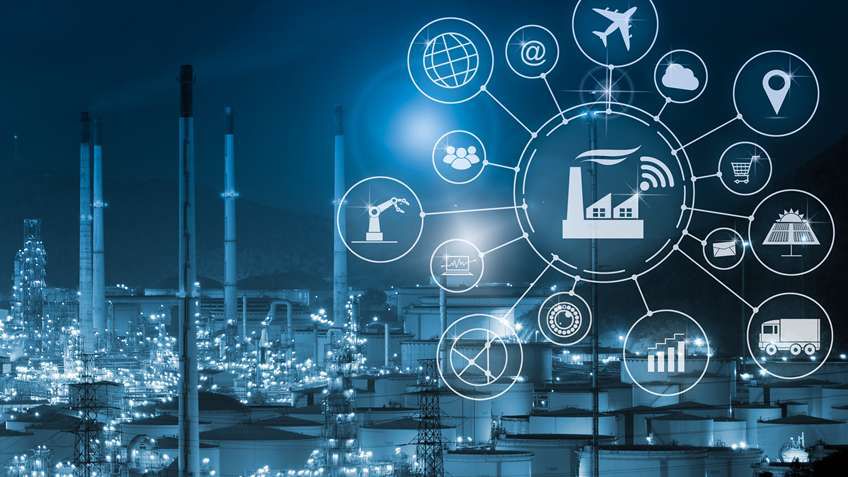The idea of humans and robots working side by side is becoming more prevalent – and more acceptable – thanks to improvements in safety technologies.
Instead of using a safety barrier to physically keep people away from robots, collaborative robots can detect a human’s presence and either slow down or stop based on a person’s distance. This has the potential to enhance both safety and productivity.
Just imagine robots taking over the more physically demanding tasks of production, like palletizing and lifting heavy objects. This could reduce the strain put on workers and, thus, potentially reduce worker injuries. It could also help keep companies productive through challenges like skills shortages.
Mass Customization
Advanced control and more intelligence closer to the production process will help make greater customization possible – and transform some industries in the process.
Just imagine what biopharma production could look like 20 years from now. Fixed, stainless-steel equipment will likely be gone. Instead, workers will move equipment, materials and tubing from one production area to another.


